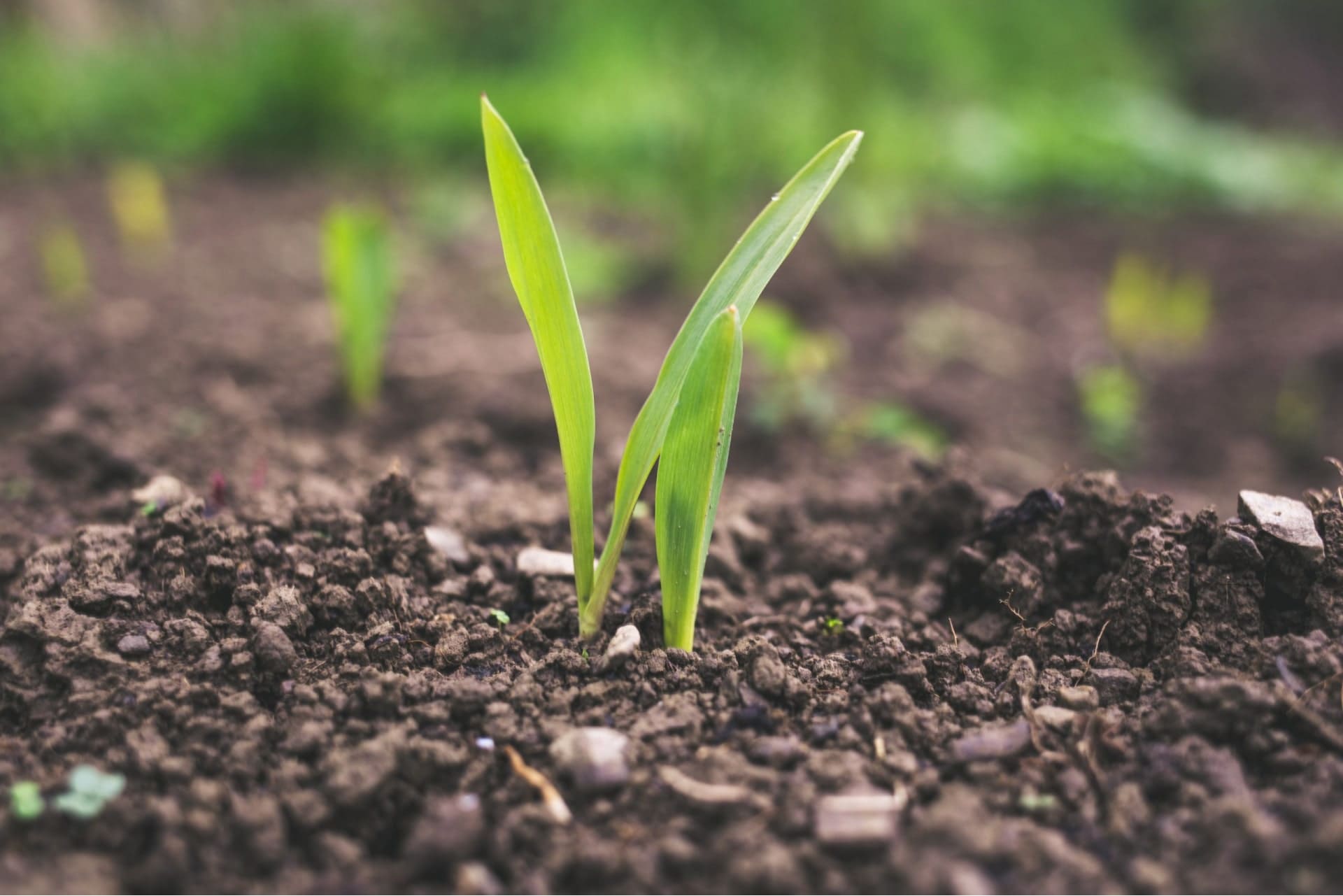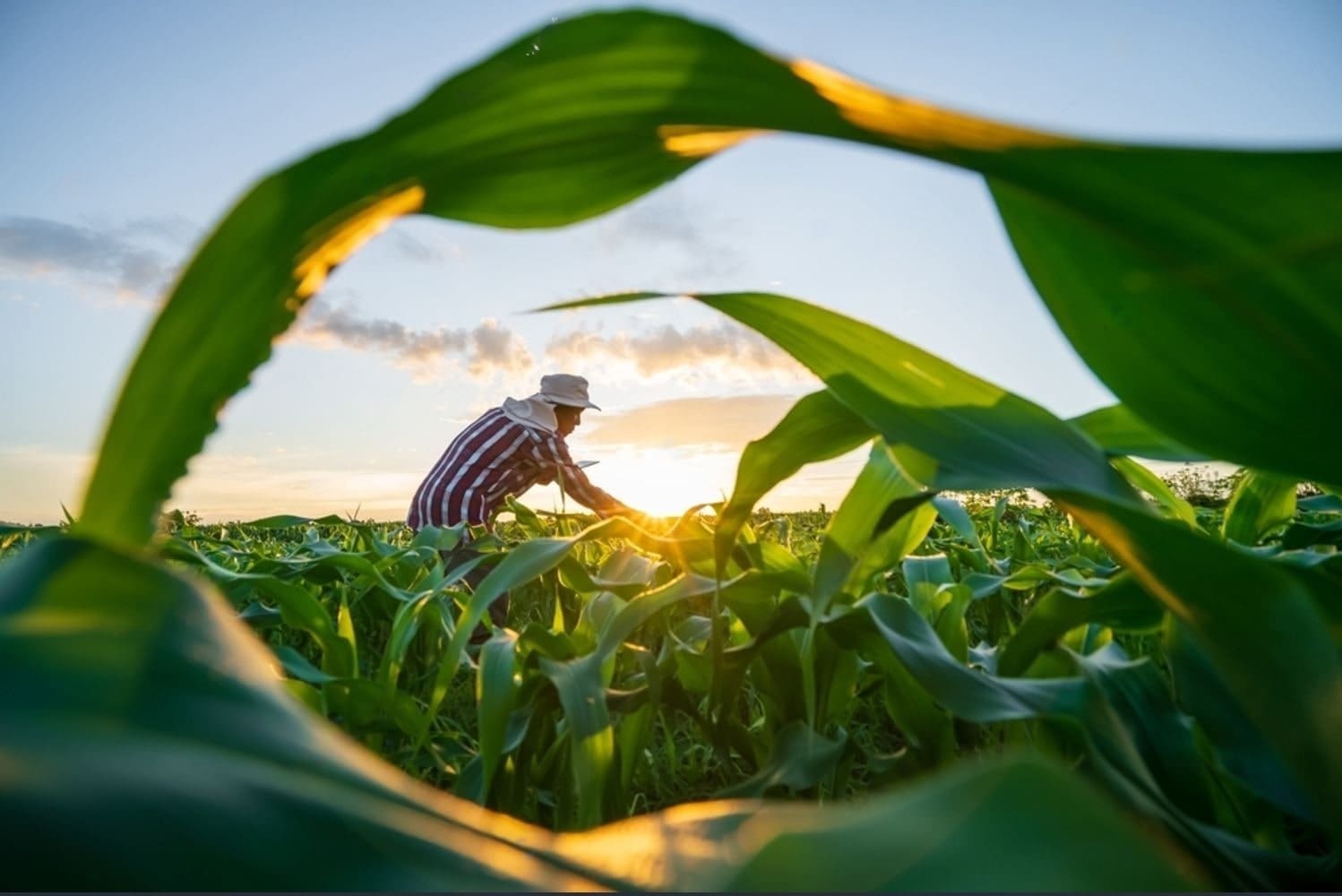Growing a Better Future: The Power of Regenerative Farming
Regenerative farming is a holistic and ecological approach to agriculture that seeks to promote the health and vitality of the soil, the environment, and the community. It is an approach that goes beyond organic farming, emphasizing the restoration and improvement of soil health and the regeneration of the ecosystem, rather than just avoiding synthetic inputs
Principles of Regenerative Farming
Regenerative farming is based on the following principles:
Regenerating soil health: Regenerative farming places a high priority on improving soil health through practices such as cover cropping, crop rotation, no-till farming, and the use of compost and other organic matter
Promoting biodiversity: Regenerative farming seeks to increase the diversity of plant and animal species on the farm. This includes intercropping, using agroforestry, and encouraging natural habitats for beneficial insects and other wildlife
Reducing tillage: Tillage can damage soil structure and deplete soil organic matter. Regenerative farming seeks to reduce tillage and use conservation tillage methods, such as no-till farming, to minimize soil disturbance
Using integrated pest management (IPM): IPM is an approach that uses a combination of cultural, biological, and chemical control methods to manage pests and diseases. Regenerative farming emphasizes the use of IPM and seeks to minimize the use of synthetic pesticides and fertilizers
Enhancing nutrient cycling: Regenerative farming promotes the cycling of nutrients in the ecosystem through practices such as cover cropping, composting, and integrating livestock into cropping systems
Building resilience: Regenerative farming seeks to build a resilient ecosystem that is better able to withstand environmental stressors such as drought, flooding, and extreme weather events
Benefits of Regenerative Farming
Regenerative farming offers numerous benefits, both for the environment and for farmers. Some of the benefits of this approach include:
Improved soil health: Regenerative farming practices can help to improve soil health by increasing organic matter, improving soil structure, and enhancing the soil’s ability to retain water and nutrients. This can lead to improved crop yields and reduced soil erosion
Increased biodiversity: Regenerative farming can help to increase biodiversity on the farm, providing habitat for beneficial insects and other wildlife. This can lead to improved pest control and pollination, reducing the need for synthetic pesticides
Reduced environmental impact: Regenerative farming practices can reduce the environmental impact of agriculture by minimizing soil erosion, reducing water pollution, and promoting the sequestration of carbon in the soil
proved profitability: Regenerative farming practices can improve profitability by reducing input costs, increasing yields, and improving the quality of the produce
Examples of Regenerative Farming Practices
There are many examples of regenerative farming practices that are being used around the world. Some of these include:
Cover cropping: Cover crops are planted between cash crops to protect the soil from erosion, improve soil health, and enhance nutrient cycling
No-till farming: No-till farming minimizes soil disturbance by planting crops directly into undisturbed soil. This can help to improve soil health and reduce soil erosion
Agroforestry: Agroforestry involves planting trees or shrubs on the farm to provide habitat for beneficial insects and other wildlife, reduce soil erosion, and enhance nutrient cycling
Conservation tillage: Conservation tillage methods, such as strip-till or minimum tillage, are used to reduce soil disturbance and improve soil health
Integrated pest management: Integrated pest management (IPM) involves using a combination of cultural, biological, and chemical control methods to manage pests and diseases. This can reduce the use of synthetic pesticides and improve soil



